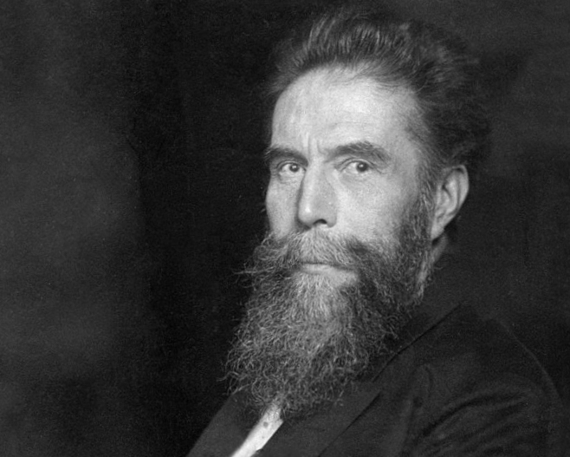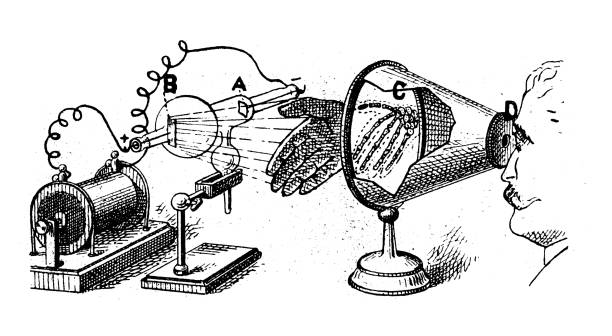
Wilhelm Roentgen was a German physicist who is best known for his discovery of x-rays in 1895. This discovery revolutionized the field of medical diagnosis and led to the development of medical imaging technologies such as CT scans and MRIs. He also studied cathode rays, which laid the groundwork for the development of television. He was awarded the first Nobel Prize in Physics in 1901 for his discovery of x-rays.
To discover x-rays, Roentgen conducted experiments with a cathode ray tube in which he observed a fluorescent glow when the tube was turned on. He then covered the tube in black cardboard and noticed that the glow illuminated a nearby fluorescent screen. He realized that an invisible form of radiation was being produced by the tube and passing through the cardboard. He named the phenomenon “x-rays.” He went on to study the properties of x-rays, such as their ability to pass through many materials, including human tissue. This discovery changed the face of medical diagnosis forever, allowing doctors to visualize and diagnose medical conditions without the need for invasive surgery.

telivision,talivson,telivison,tv
